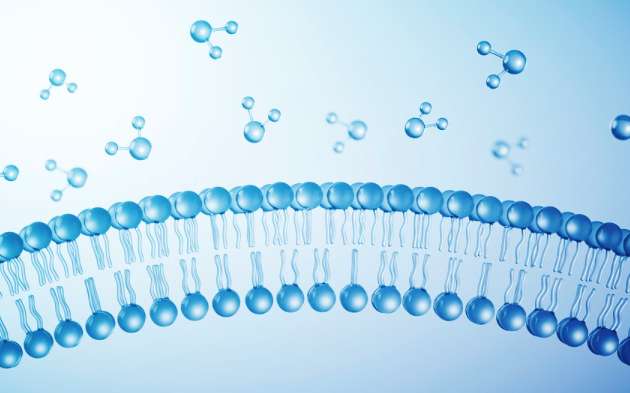Why is it important to evaluate time-dependent inhibition (TDI)?
Because most drugs are eliminated from the body through metabolism, it is essential to assess the impact of compounds on CYP450 enzyme activity. If some drugs exhibit inhibitory effects on CYP450 enzymes, the combination of these drugs with other drugs may lead to serious drug-drug interactions (DDI). Depending on the mechanism of inhibition, the inhibitory effect of a drug on CYP450 enzymes can be categorized as reversible inhibition or irreversible inhibition. Enzyme inactivation caused by time-dependent inhibition (TDI) is irreversible and persists for a certain period even after discontinuation of the drug, which may exert a significant impact on the human body. Therefore, TDI has gained increasing attention from regulatory agencies and drug developers over the years.
What information could we get from the IC50 shift assay?
TDI is usually studied by measuring the half-maximal inhibitory concentration (IC50) shift of a drug candidate after a 30-minute incubation with human liver microsomes (HLMs) in the presence and absence of NADPH.
Using the IC50 shift assay, it is possible to distinguish between reversible and irreversible inhibition. For solely reversible inhibitors addition of NADPH during the 30-minute pre-incubation gives no change in the IC50. Consequently, all two experimental conditions will give the same IC50. Alternatively, for compounds that are only time-dependent inhibitors, an IC50 will be calculated only when NADPH is present in the pre-incubation and no effect is observed in the 30-minute pre-incubation minus NADPH group. Test compounds that exhibit both reversible and time-dependent inhibition will give a lower IC50 with a 30 min pre-incubation in the presence of NADPH compared to a 30 min pre-incubation minus NADPH and thus an IC50 shift can be calculated.
The limitations of the IC50 shift fold in the evaluation of CYP450 TDI
As mentioned above, an IC50 calculated from one curve or both curves is important in obtaining an IC50 shift fold. A fold shift of greater than 1.5 is considered to be a significant shift and the compound is classed as a time-dependent inhibitor. However, calculating an IC50 shift is sometimes not available for the compound of interest with weak inhibitory effect or solubility limitations. To overcome these obstacles, we introduce a fully validated quantitative way to assess the magnitude of TDI with its cutoff value defined.
Establishment of the AUC shift approach in the evaluation of CYP450 TDI
The IC50 shift and AUC shift approaches share the same study design experimental conditions. However, their subsequent approach to data processing is different. Thus, determining the cut-off value that could assess the TDI effects of compounds is crucial for establishing the AUC shift approach.
The time-dependent inhibition of seven human P450 isozymes including CYP1A2, CYP2B6, CYP2C8, CYP2C9, CYP2C19, CYP2D6, CYP3A (midazolam), and CYP3A (testosterone) was investigated by a non-dilution approach experimentally and AUC shift method in data processing. A validation set of 27 selected chemicals was used to assess the methodology.
How WuXi AppTec can help you
Based on the extensive experience and the introduction of new tools, WuXi AppTec DMPK in vitro ADME team could combine the IC50 shift and AUC shift to determine the TDI effects of compounds, providing crucial evidence for the structural optimization of lead compounds and the clinical study design of candidate compounds. We are dedicated to establishing a comprehensive decision tree mechanism and improving TDI research, providing evidence for predicting clinical DDI risks.
If you want to learn more details about the AUC shift method for assessing TDI, please read the article now.
Committed to accelerating drug discovery and development, we offer a full range of discovery screening, preclinical development, clinical drug metabolism, and pharmacokinetic (DMPK) platforms and services. With research facilities in the United States (New Jersey) and China (Shanghai, Suzhou, Nanjing, and Nantong), 1,000+ scientists, and over fifteen years of experience in Investigational New Drug (IND) application, our DMPK team at WuXi AppTec are serving 1,500+ global clients, and have successfully supported 1,200+ IND applications.
Talk to a WuXi AppTec expert today to get the support you need to achieve your drug development goals.
Stay Connected
Keep up with the latest news and insights.












